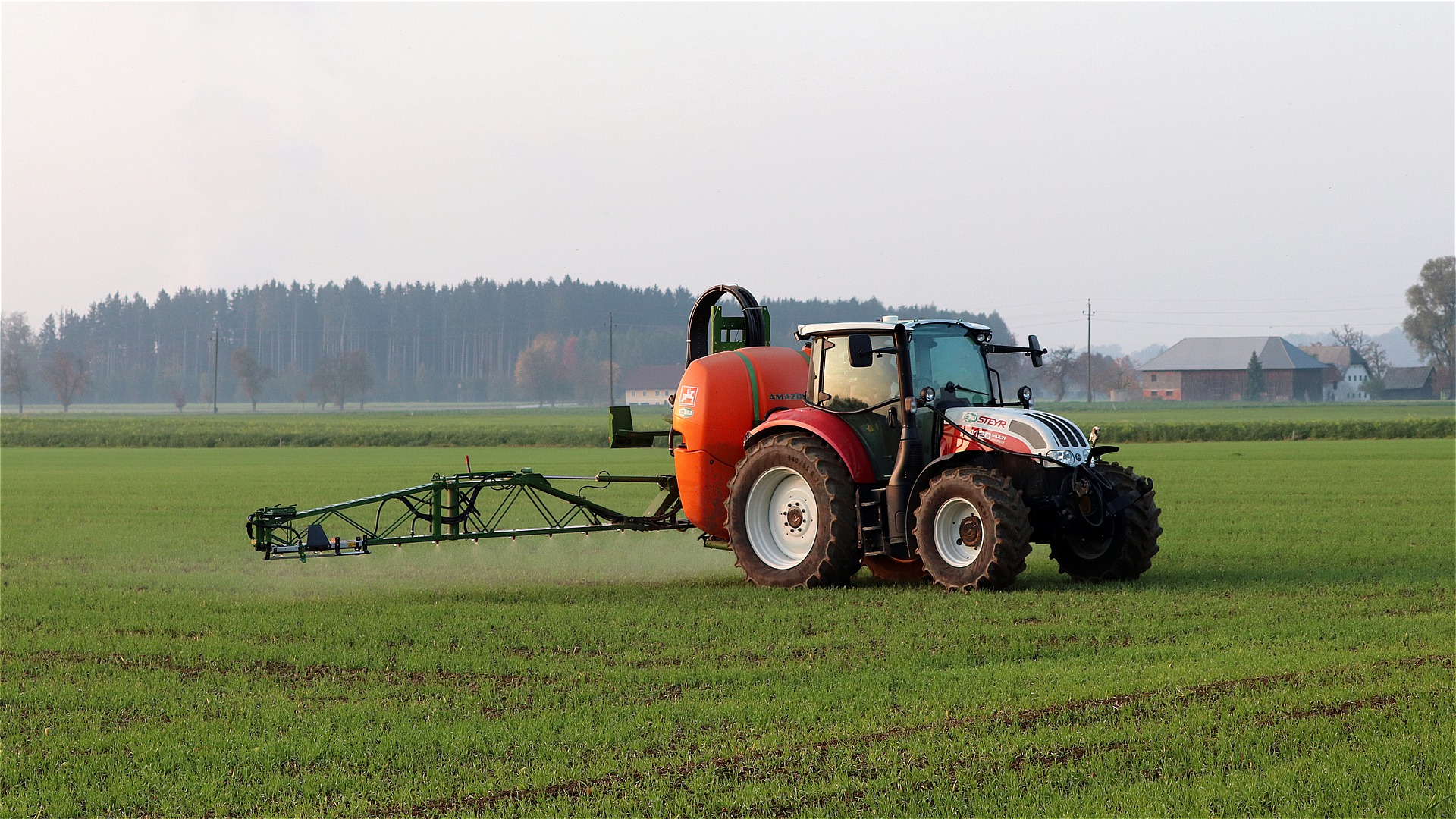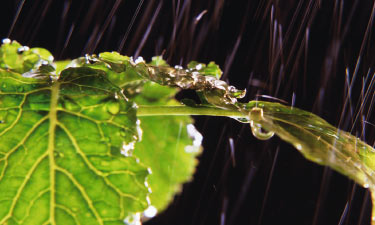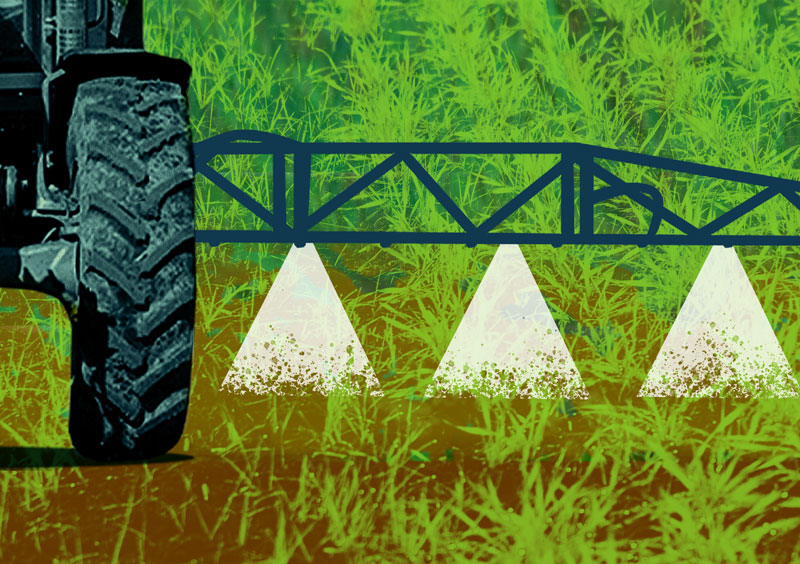Pesticides with a watercourse buffer zone requirement fall into two categories. For category "A"products (organophosphate and synthetic pyrethroid insecticides) reducing the size of the buffer zone is not an option as this might lead to an unacceptable risk. Consequently, a LERAP is not required and users must always apply (and record) the standard buffer zone (5m or 1m for a dry ditch).
The remaining, Category "B", products do qualify for inclusion in the LERAP scheme when they are applied through a horizontal boom sprayer. There is a legal obligation at the time of spraying for users to either carry out, record and comply with a LERAP (to determine whether the size of the buffer zone may be redued), or to simply decide to apply the standard buffer zone 5m or 1m for a dry ditch) - this decision must be recorded.
For the latest information in products listed in Category "A" and Category "B", contact the Chemicals Regulation Directorate, Monthly updates are also published in the "Pesticide Monitor", and is also available on the CRD website.
The LERAP can be undertaken by spray operators themselves, their employers or the farmer or grower with whom they have contracted to work. It may also be undertaken by a professional consultant or adviser.
It is the legal responsibility of the person using the pesticide to carry out the LERAP, or to check that it has been proerly carried out, and that a written record has been kept.
Remember that the watercourse need not be immediately next to the field where the application is to take place. Even if there is another feature between the watecourse and the field (eg. it may be on the opposite side of a hedge or farm track), a buffer zone and therefore a LERAP, will still be required (but the width of the intervening feature can be included in the buffer zone).


